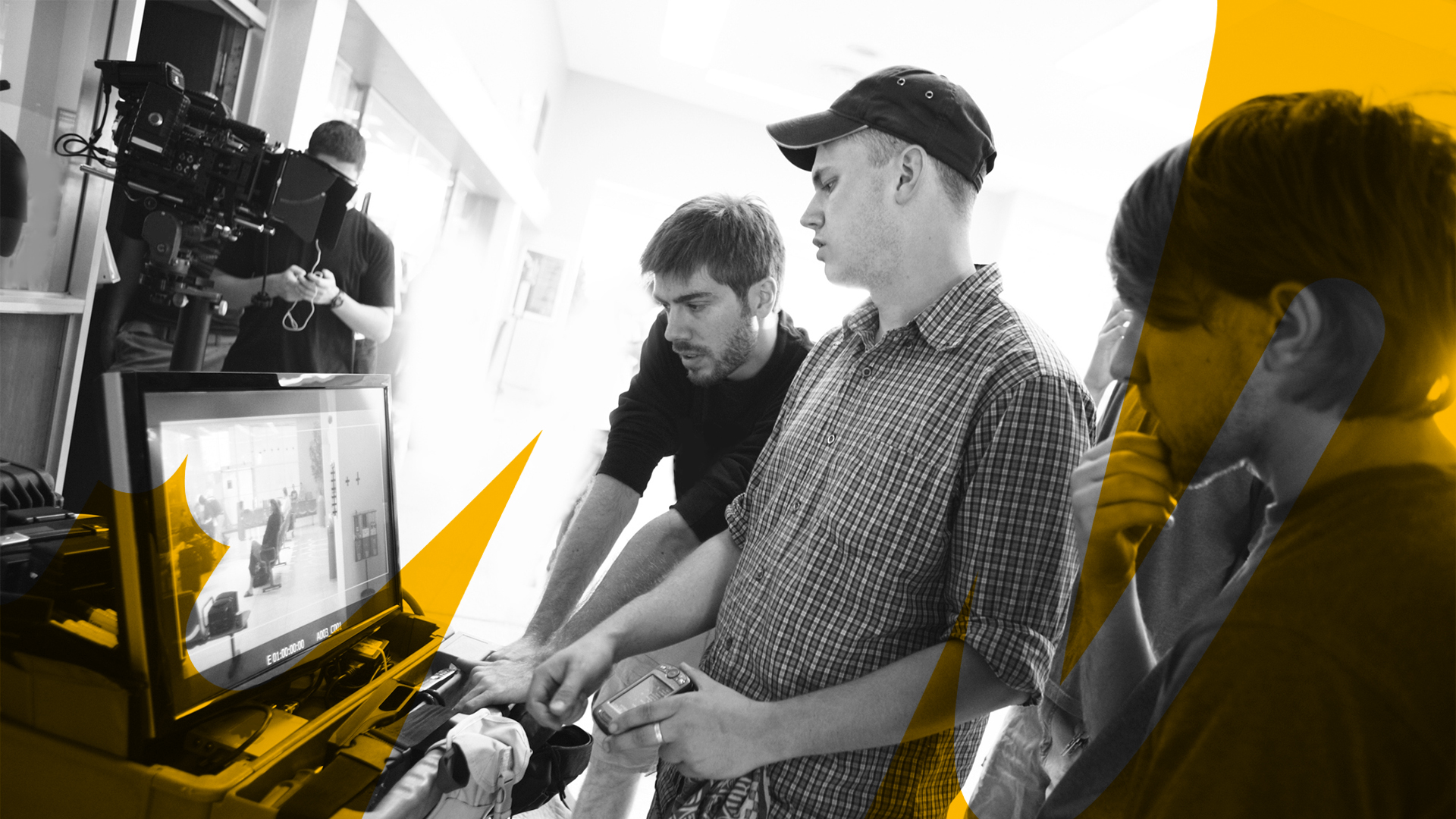How are key thinkers and advertising minds in Canada thinking about online video? In the latest installment of our Think with Canada’s Agencies series, OMD Canada’s Shane Cameron and OMG Programmatic’s Tom Fotheringham talk data-driven planning—and how it impacts the creative process.
OMD Canada’s Chief Innovation Officer Shane Cameron and OMG Programmatic’s General Manager Tom Fotheringham are known for their strong digital and programmatic acumen, leading their agencies with “digital at its core” philosophies.
In this Q&A, hosted by Google Canada Agency Lead Vivian Ip, Cameron and Fotheringham discuss measuring success in a digital world, creating custom content for audiences, and the role data should play in the creative process.
Ip: How do you know when you've rolled out a successful digital video?
Cameron: There are all the traditional metrics that you’re going to look at, like completion rates. But there’s another aspect to it: What do you want them to know? What do you want people to think? What do you want them to feel?
There needs to be a sense of a brand objective. We want people to like the ad. We want them to watch the ad. We want to count delivery versus elected completions, but we want, at the end of it, people to know which brand it was for and see if it’s affecting the way they feel about it positively.
Fotheringham: That needs to be reflected in how you define success up front rather than waiting until the end and then going, “Let’s craft a story around how successful the video was because we spent X amount of dollars producing it and getting it to market."
Cameron: We have a habit as an industry of just counting things. How many people did it reach? How much did we pay for it? What was the cost per impression or the cost per click on the cost per engagement? However, if you're only counting stuff, you can get into the cycle of paying for things that aren't helping you.
“Making that connection right away—right in those first few seconds—is really important.”
Ip: If you had one piece of advice for people trying to make content for YouTube, what would it be?
Cameron: Try to make something for YouTube. Don't lift what you've made for another platform. It is a big enough channel to require a separate planning process from a creative standpoint. The central idea can be the same, but the effort to make a piece of material or an asset for YouTube should be a different one.
Fotheringham: Too often the video created is just a straight television pickup. That’s not necessarily the way marketers or brands are looking at it now, but I think that was a legacy process. When you look at the consumer, it's not one size fits all, and if you look at the proliferation of screens, that pickup just doesn't work anymore.
Ip: What are the ingredients you need to help clients win the first five seconds of an ad?
Cameron: It comes down to delivering on a story. You have to have a purpose. People have to understand what they’re about to watch—and it has to be engaging immediately.
Fotheringham: I used to be a journalist, and to craft a story you have to have the hook—the lead—right up front. Then, if you do hook them, you’ve got their attention another 10—15 seconds or two minutes or even longer. Making that connection right away—right in those first few seconds—is really important.
Ip: Do you think video ads are the same as video content?
Cameron: There has to be entertainment value in an ad. It has to tell a set of attributes about a brand, so there is some overlap, but generally speaking content is discovered or sought out and an ad is in front of content that is discovered or sought out and you have to plan for them differently.
So when we're thinking about what an advertiser’s content strategy should be, is there something we could make that has utility and is entertaining that we could push out across various platforms? When it's an ad, we have to be aware that there are certain types of environments it will likely appear in, and we have to be aware of what that audience is and the things that they would be receptive to. The primary difference is approach.
“Data is dry, right? At first glance people are like, ‘We’re going to get stuck in the weeds. Isn’t it about creative? Isn’t it about ideas?’ It is—it’s just now you can make better ideas.”
Ip: What excites you in the online video space today?
Fotheringham: I think the shift from mass to more personalized messaging. Nobody presents themselves as a uniform, globulus consumer mass, so being able to identify a small sub-segment—using data to understand the consumer and present a slightly different variation of the message—is one of the biggest shifts. That’s one of the things I find most interesting about the opportunity because it impacts all videos we go to market with.
Ip: How can creative and data live together?
Cameron: Data is dry, right? At first glance people are like, "We're going to get stuck in the weeds. Isn't it about creative? Isn't it about ideas?" It is—it's just now you can make better ideas. The job just got a whole lot more interesting and whole lot more challenging.
If you’re working with one brand for a period of time, you used to make one spot. You maybe had to compromise a lot to make that one spot. But now you can spice it up and tell it a bunch of different ways. It's pretty cool. It's more work, but it's cool.
Fotheringham: There is that perception that data is over here and the creative is over here, yet it's almost like not having the right ingredients to bake what you need to put in your bakery to bring in customers. If you've just got one loaf and that's not the loaf I want, I'm walking straight by.
Take advantage of the data to understand the consumers better so you can build various different products that meet the needs or the desires or the whims of the consumer.
Cameron: If you only had one loaf at your bakery, what loaf would it be?
Fotheringham: It would be a mobile loaf.
Cameron: Sounds delicious.
Fotheringham: A delicious, multigrain mobile loaf.
Check out more videos from our “Think with Canada’s Agencies” series, including conversations with top thinkers from Cossette, OMD, and Ipsos Canada.








